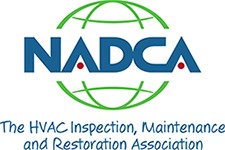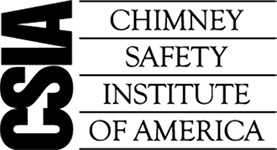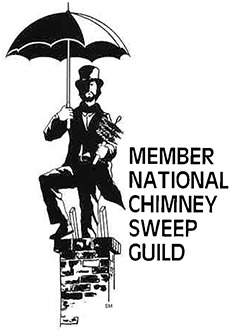CHIMNEY CLEANING ORLANDO

CHIMNEY CLEANING SERVICES ORLANDO, FL
When was the last time you had your chimney cleaned? If it’s been a while, it’s essential to consider the many benefits of regular chimney cleaning. At ABC Cleaning, Inc., we provide top-notch chimney cleaning services in Orlando, Florida, to ensure the safety and well-being of your home or property.
The Importance of Chimney Cleaning
A chimney cleaning isn’t just a routine maintenance task; it’s a crucial step in safeguarding your home, apartment complex, or condo. Here’s why it matters:
Prevent Carbon Monoxide Poisoning. Carbon monoxide (CO) is a silent killer. It’s odorless and colorless, making it nearly impossible to detect without specialized equipment. Symptoms of CO poisoning are often mistaken for common illnesses like headaches and nausea. Blocked chimneys are a significant contributor to CO issues in homes. Regular chimney cleaning helps prevent CO buildup, ensuring your family’s safety.
Avoid House and Chimney Fires. Improperly maintained heating systems can lead to fires or the release of toxic gases into your living space. The buildup of tar and soot from wood and fuel burning within your chimney poses a fire hazard. Creosote, a highly flammable substance, forms a residue inside the chimney and can ignite if not cleaned regularly. Chimney fires can go unnoticed, causing extensive damage or even spreading to other areas of your home.
Enhance Indoor Air Quality. Blocked chimneys can lead to poor indoor air quality, as pollutants and contaminants may enter your living space. These particles can aggravate allergies and respiratory conditions. Regular chimney cleaning ensures that your indoor air remains clean and healthy for you and your family.
Prevent Lingering Odors. In spring and summer, the heat can bring lingering odors from your fireplace or wood stove. These smells need not persist throughout the year. Spring chimney cleaning can help prevent soot odors in your home.
Maintain Your Property. Wood-burning stoves and fireplaces are known culprits in house fires, often caused by improperly installed heating appliances or neglected chimneys. House fires can result in extensive property damage, leading to costly repairs or, in some cases, complete destruction.
Chimney Cleaning: A Wise Investment
Recent figures emphasize the importance of chimney cleaning in preventing disasters. The U.S. Consumer Product Safety Commission reported that in 1996, nearly 23,600 residential fires in the United States were related to solid fuel appliances and equipment. These fires resulted in 130 fatalities, 230 injuries, and over $184 million in property damage. Carbon monoxide-related incidents, caused by problems with home external venting systems, resulted in a minimum of 119 deaths and 4,700 injuries.
The statistics underscore the critical role chimney cleaning plays in preventing these tragedies. A skilled chimney sweep’s service can help ensure the safety of your home and the well-being of your loved ones.
Choose ABC Cleaning, Inc. for Expert Chimney Cleaning
At ABC Cleaning, Inc., we are committed to providing top-quality chimney cleaning services in Orlando, Florida. Our experienced technicians use state-of-the-art equipment and techniques to clean and maintain your chimney, reducing the risk of fires, carbon monoxide poisoning, and poor indoor air quality.
Don’t wait for a disaster to strike. Protect your home and family by scheduling a professional chimney cleaning with ABC Cleaning, Inc. Contact us today at (407) 381-2120 to prioritize safety and enjoy peace of mind in your Orlando home. Your safety is our top priority.
Learn more by visiting our Chimney Cleaning Frequently Asked Questions.
MONTHLY SPECIALS

AIR DUCT CLEANING VOUCHER ONLY










